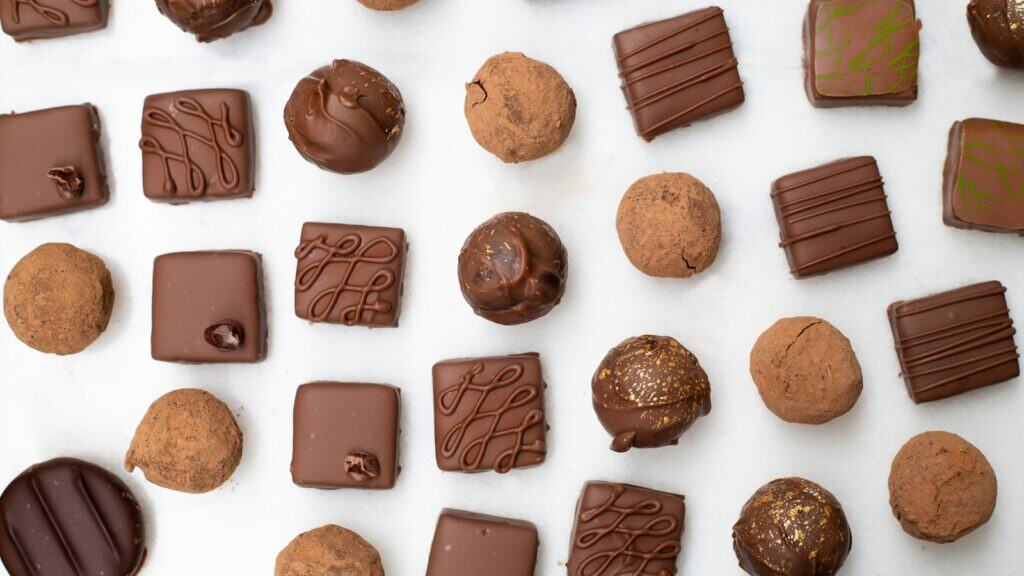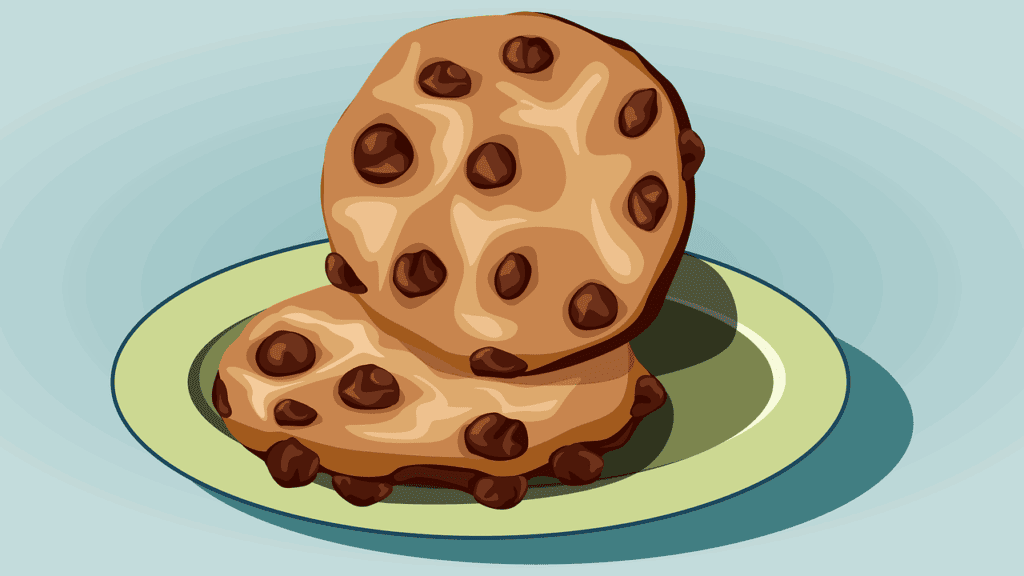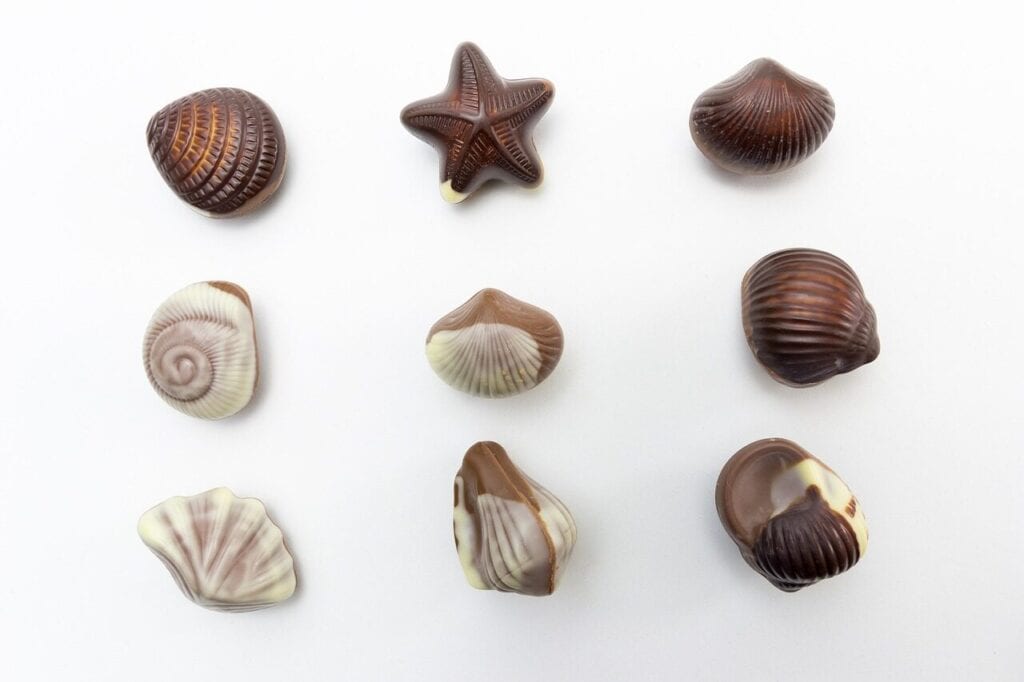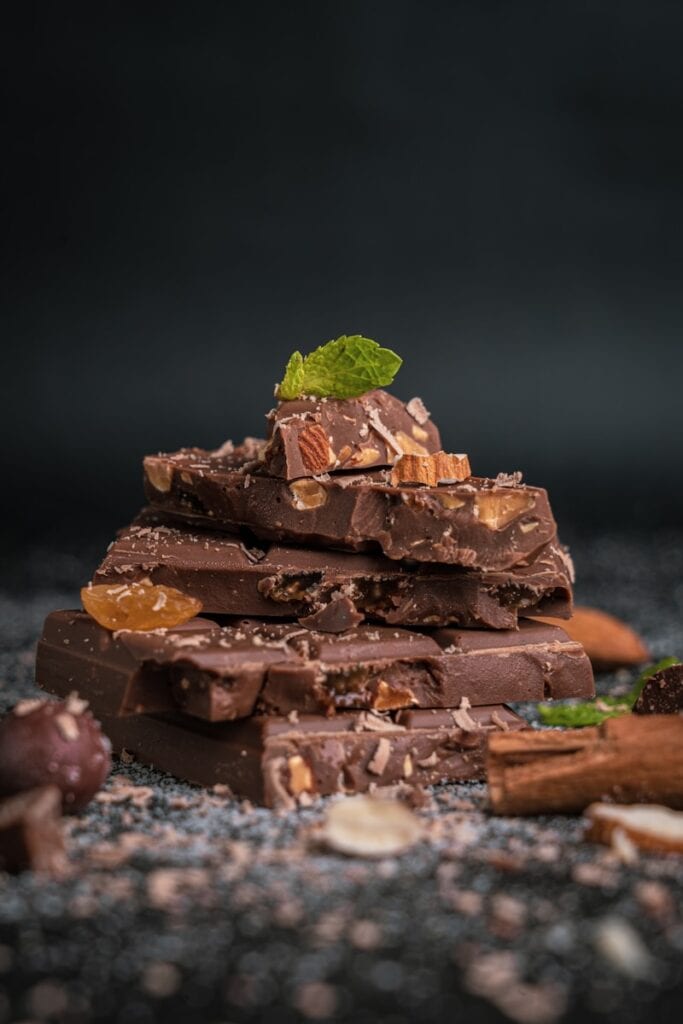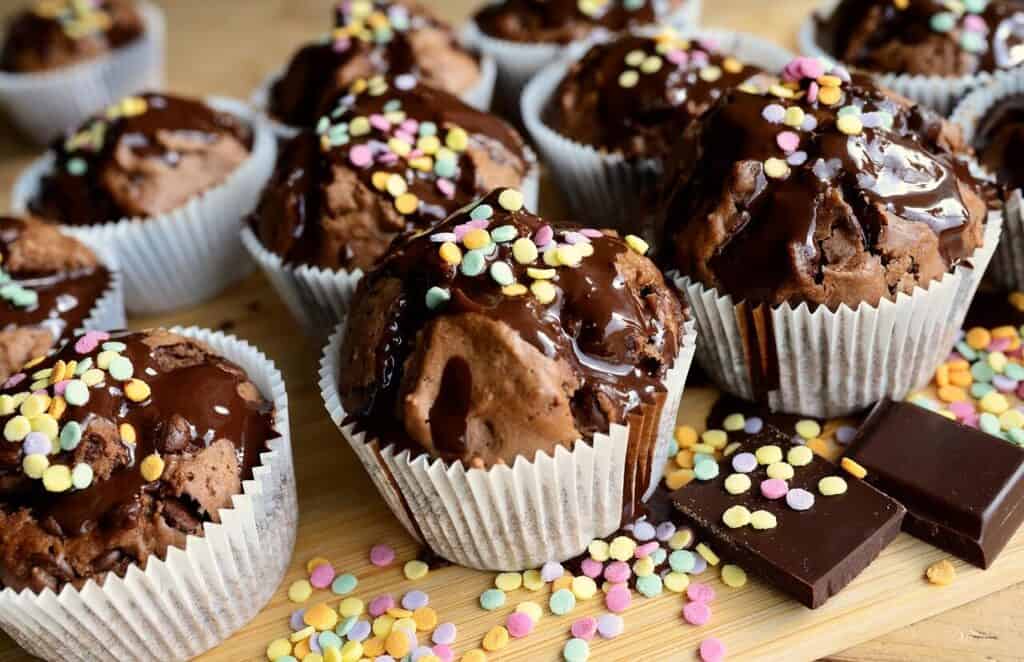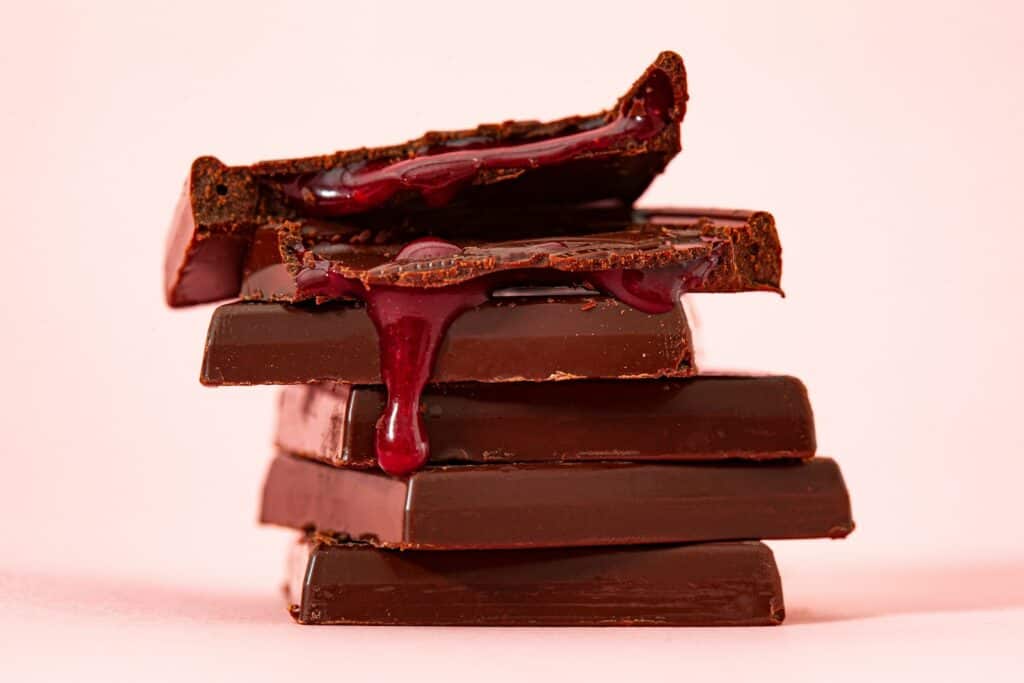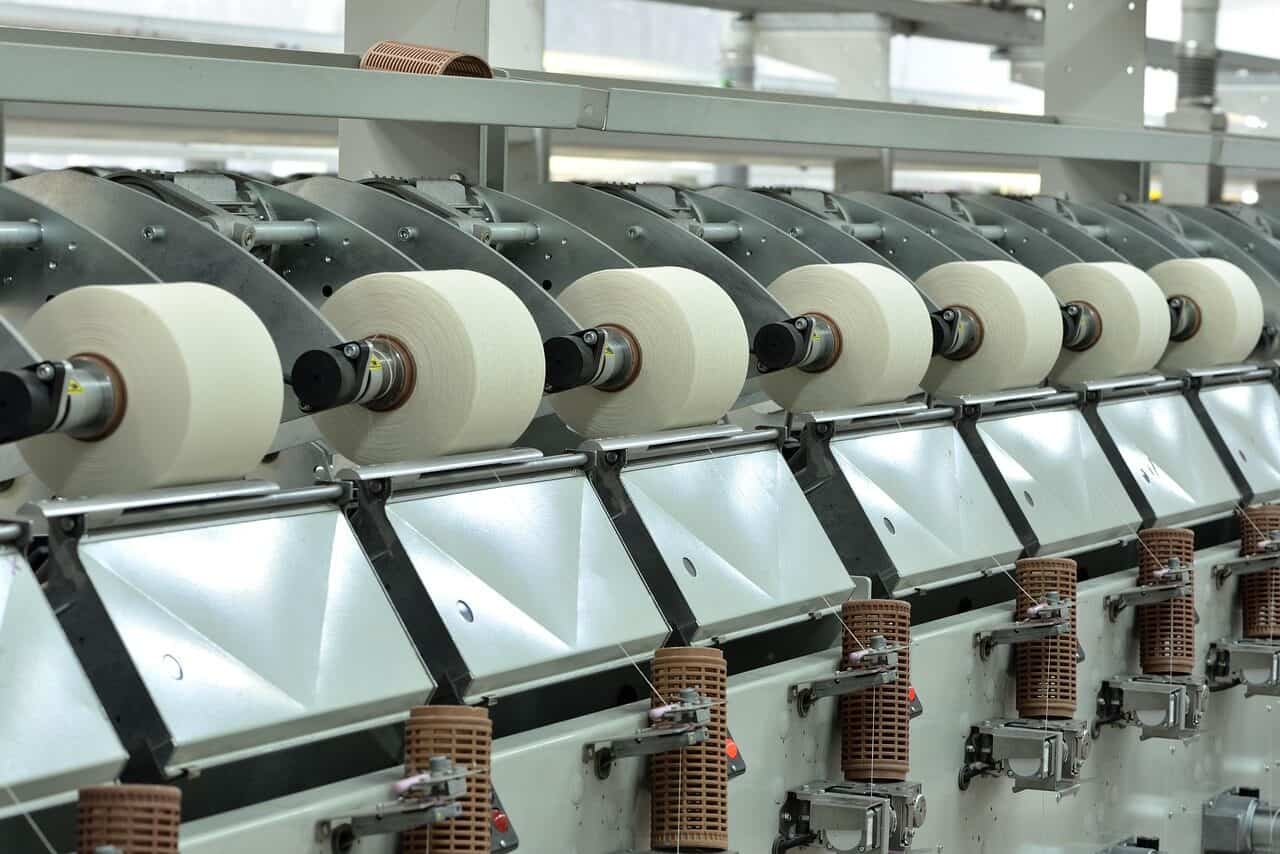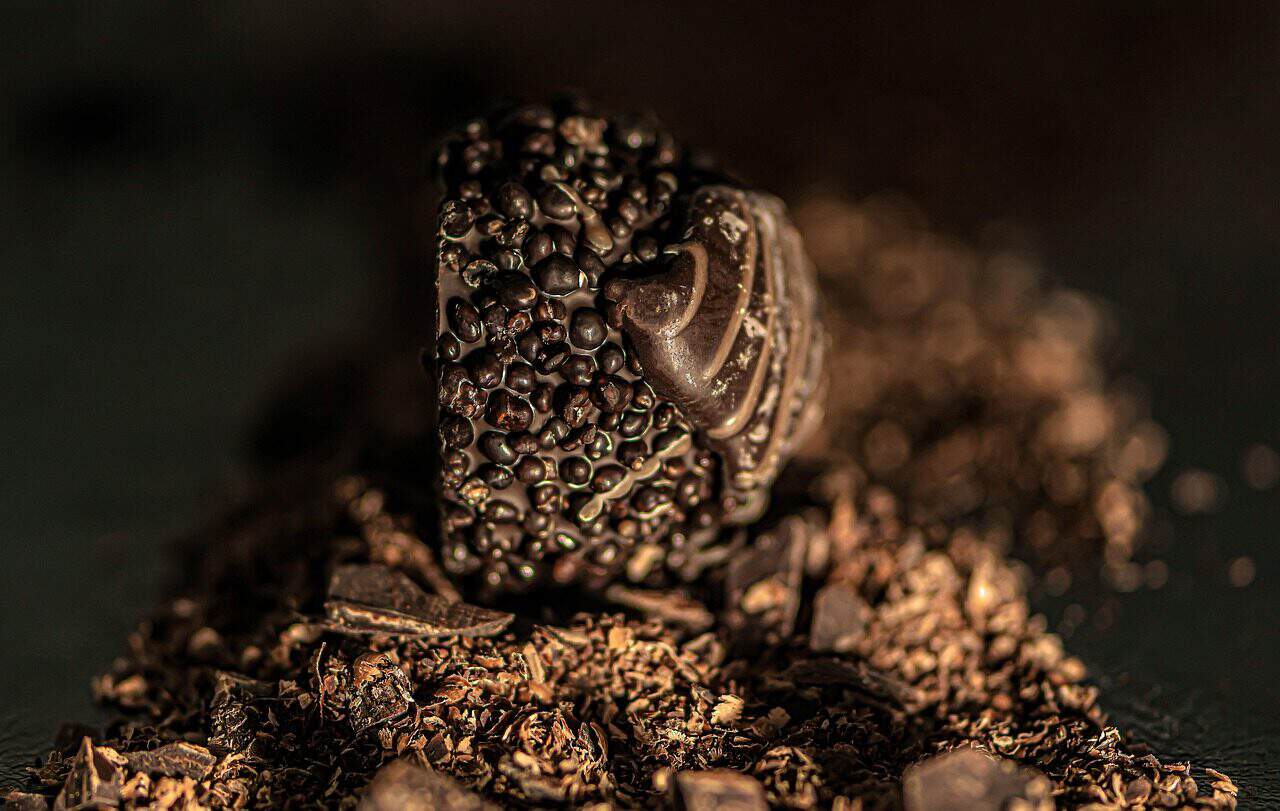Beyond the Bite: A Technical Analysis of Sweet Shop USA’s Gourmet Chocolate Success
Introduction
A simple taste test won’t help you understand a premier chocolatier like Sweet Shop USA. True appreciation means looking beyond the bite. You need to examine the intricate systems that make such quality possible. This isn’t just a review. It’s a technical analysis.
We’ll break down the layers of their success. We’ll explore everything from the molecular science of chocolate tempering to the architectural design of their business model.
By going “behind the curtain,” we can analyze specific principles. These include production, logistics, and strategy. When these elements work together, they elevate Sweet Shop USA from a simple candy maker to a case study in American confectionery excellence. This approach reveals how art and engineering combine to define their craft.
Pillars of a Premier Confectioner
A Legacy in Confectionery
Sweet Shop USA’s foundation rests on decades of experience. The company started in 1972. Since then, it has operated from its home base in Mount Pleasant, Texas.
This long history creates a deep well of institutional knowledge. That knowledge passes down through generations.
The company continues to operate as a family-owned business. This is a key part of its identity. It suggests a commitment to quality over rapid, impersonal expansion. This stability forms the cornerstone of the brand’s trustworthy reputation.
Defining the Product Universe
The company’s product catalog is both broad and focused. They’re renowned for several core categories. These form the pillars of their offering.
Their signature handmade truffles showcase mastery of ganache formulation and delicate enrobing.
Their Famous Brags® are also central to their identity. This unique confection combines pecans and caramel. They also make classic toffees and assorted chocolates. This overview provides necessary context for the deeper technical breakdown that follows.
The Science of Sensation
Principle 1: Sourcing and Formulation
Final product quality begins with raw material specifications. Sweet Shop USA’s process relies on careful ingredient selection. This includes high-fat dairy, specific nut varietals, and most critically, the chocolate itself.
A key technical distinction is their use of couverture chocolate. Unlike compound chocolate, couverture contains a high percentage of cocoa butter. Compound chocolate replaces cocoa butter with other vegetable fats.
This isn’t a trivial detail. Cocoa butter creates superior flavor release. It provides desirable melting properties and the signature texture that defines gourmet chocolate. Using couverture in recipes shows a foundational commitment to quality.
Principle 2: The Physics of Tempering
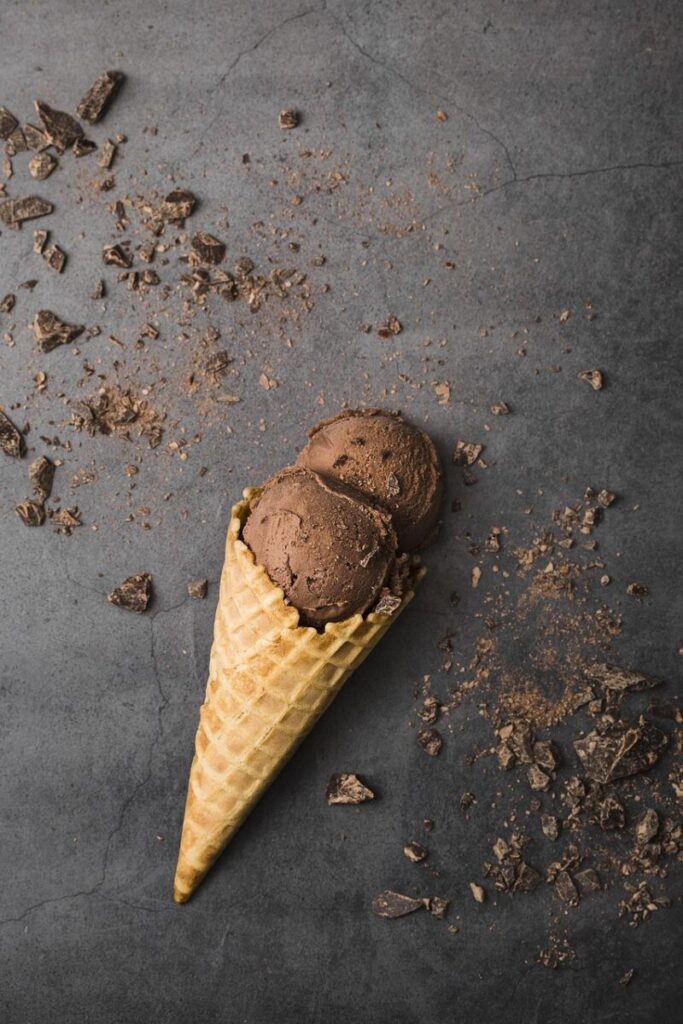
Tempering is perhaps the most crucial scientific process in chocolate making. It involves controlled heating and cooling of chocolate. This encourages formation of a specific, stable crystal structure in the cocoa butter. This structure is known as the Beta V crystal.
Without proper tempering, chocolate becomes dull and soft. It may develop a greyish “bloom” on its surface.
Successful tempering creates multiple sensory outcomes. It produces the high-gloss finish that signals quality. It creates the clean, sharp “snap” when you break a piece. This is audible proof of a stable crystal lattice.
Most importantly, it controls the melting point. Well-tempered chocolate melts smoothly and cleanly just below body temperature. This delivers a luxurious mouthfeel without waxy or greasy residue. This sensory experience results directly from precise thermal engineering.
Principle 3: Enrobing and Molding Engineering
Once chocolate is tempered, it must be applied to a center or formed into a shape. This happens through two primary engineering processes: enrobing and molding.
Enrobing creates a curtain of liquid-tempered chocolate. Centers (like toffee pieces or truffle ganache) pass through this curtain. This ensures uniform coating. The technical challenge is maintaining the chocolate’s temper and precise coating thickness across thousands of pieces.
Molding is used for filled chocolates. It involves depositing tempered chocolate into molds to create a shell. The shell is then filled before being sealed with more chocolate.
Sweet Shop USA’s operation balances automated precision with artisanal oversight. Machinery ensures consistency in coating thickness and weight. But the process requires constant monitoring by skilled operators. They manage variables like temperature and viscosity. This preserves handmade quality at scale.
Principle 4: The Finishing Touches
The final decorative elements on many Sweet Shop USA chocolates aren’t just for looks. They’re a technical step that communicates brand identity and value.
The delicate swirl on a truffle requires manual skill and dexterity. So does the precise drizzle of contrasting chocolate. This hand-finishing is a deliberate production choice.
It serves as a visual cue to consumers. It distinguishes the product from mass-produced, fully automated confectionery. This detail work contributes to the product’s perceived value. It’s a testament to the “craft” aspect of their production system.
Architectural Business Analysis
The Dual-Channel Strategy
Sweet Shop USA operates a sophisticated dual-channel business model. It serves both wholesale (B2B) and direct-to-consumer (D2C) markets. Each channel presents unique technical requirements.
The B2B channel involves supplying thousands of retailers. This requires robust logistics for bulk shipping. It needs specialized packaging to ensure product integrity for resale. It also requires dedicated relationship management systems to service a large, diverse client base.
The D2C channel operates primarily through their e-commerce platform. It focuses on building direct brand relationships with end consumers. This requires different technical capabilities. These center on user experience, brand storytelling, and fulfilling many small, individual orders.
E-commerce Platform Analysis
A technical review of the sweetshopusa.com website reveals a platform designed for seamless customer journeys. We can evaluate its key features based on user experience principles.
- Navigation Clarity: The site architecture is intuitive. It has clear categories for product types, occasions, and collections. This reduces friction and helps users find what they need efficiently.
- Product Presentation: High-resolution imagery showcases chocolate texture and detail. Product descriptions provide necessary information on ingredients and flavor profiles. This aids purchasing decisions.
- Mobile Experience: The website is fully responsive. It offers a clean, functional interface on mobile devices. This is critical since significant e-commerce traffic comes from smartphones.
- Checkout Process: The checkout flow is streamlined into logical steps. This minimizes potential cart abandonment.
Supply Chain and Logistics
Shipping delicate, temperature-sensitive products across the United States is a significant challenge. It requires both logistical and technical solutions. Chocolate integrity depends on a system known as the “cold chain imperative.”
This system isn’t just about putting products in boxes. It involves a technical suite of solutions. These maintain stable, cool temperatures from warehouse to customer’s doorstep.
Key components include high-quality insulated shipping containers. They use gel-based ice packs. They rely strategically on expedited shipping services, especially during warmer months.
Mastering this cold chain is a non-negotiable requirement for premium chocolatiers. This is especially true for those operating D2C models. It’s a critical component of their quality promise. It ensures products arrive in the state they were intended to be enjoyed.
A Portfolio Analysis
Comparing Core Collections
To better understand the Sweet Shop USA offering, we can systematically categorize their main product lines. Each collection fulfills specific taste preferences and use cases. A comparative analysis clarifies the portfolio’s structure.
| Product Line | Key Characteristics | Primary Flavor Profile | Best For (Use Case) |
|---|---|---|---|
| Handmade Truffles | Creamy ganache center, thin chocolate shell | Decadent & Rich | Elegant Gifting, Personal Indulgence |
| Famous Brags® | Crunchy pecans, soft caramel, chocolate coating | Sweet, Salty & Nutty | Sharing, Casual Snacking, Party Platters |
| Fudge Love® | Soft, dense, and exceptionally rich texture | Classic & Creamy | Comfort Food, Holiday Treats, Family Sharing |
| Toffees | Buttery, crunchy texture, often with nuts | Sweet & Buttery | Classic Gifting, Personal Treat, Texture Lovers |
This structured view helps potential customers quickly navigate options. They can choose based on desired flavor profile, texture, and occasion.
Understanding Gifting Assortments
Pre-packaged assortments are a key part of their product strategy. This is a technical choice in product management. It’s designed to simplify the consumer’s buying process.
The company offers collections for specific holidays, corporate gifting, and general “best-of” assortments. This reduces decision fatigue for buyers.
This approach demonstrates understanding of customer behavior. This is particularly true in the gifting market. Here, a curated, beautifully packaged solution is often preferred over building custom boxes from scratch. It’s a strategic simplification of the customer journey.
Conclusion: The Synthesis of Craft and System
Sweet Shop USA’s enduring success isn’t an accident of good recipes. It’s the calculated result of a meticulously engineered system.
Our analysis reveals a synthesis of distinct technical disciplines. Culinary science dictates chocolate quality through ingredient sourcing and tempering physics. Process engineering ensures consistency and quality at scale through enrobing and molding.
Finally, smart business architecture manages the complexities of a dual-channel market. This spans from B2B logistics to the cold chain imperative of D2C e-commerce.
The brand’s reputation builds upon this synthesis. It’s the fusion of traditional craft with modern systems that allows Sweet Shop USA to consistently deliver premium products. This makes them a true master of their trade and a benchmark in the American confectionery landscape.
References and Resources
- MIT Laboratory for Chocolate Science – Chocolate Science – https://chocolate.mit.edu/science/
- Science Buddies – The Science of Tempering Chocolate – https://www.sciencebuddies.org/science-fair-projects/project-ideas/FoodSci_p038/cooking-food-science/tempering-chocolate
- PMC – Tempering of cocoa butter and chocolate using minor lipidic components – https://pmc.ncbi.nlm.nih.gov/articles/PMC8408162/
- Luker Chocolate – How to Successfully Scale Your Chocolate Production – https://lukerchocolate.com/en/knowledge-base/successfully-scale-your-chocolate-production
- Blommer Chocolate Company – Chocolate Manufacturing Solutions – https://www.blommer.com/


